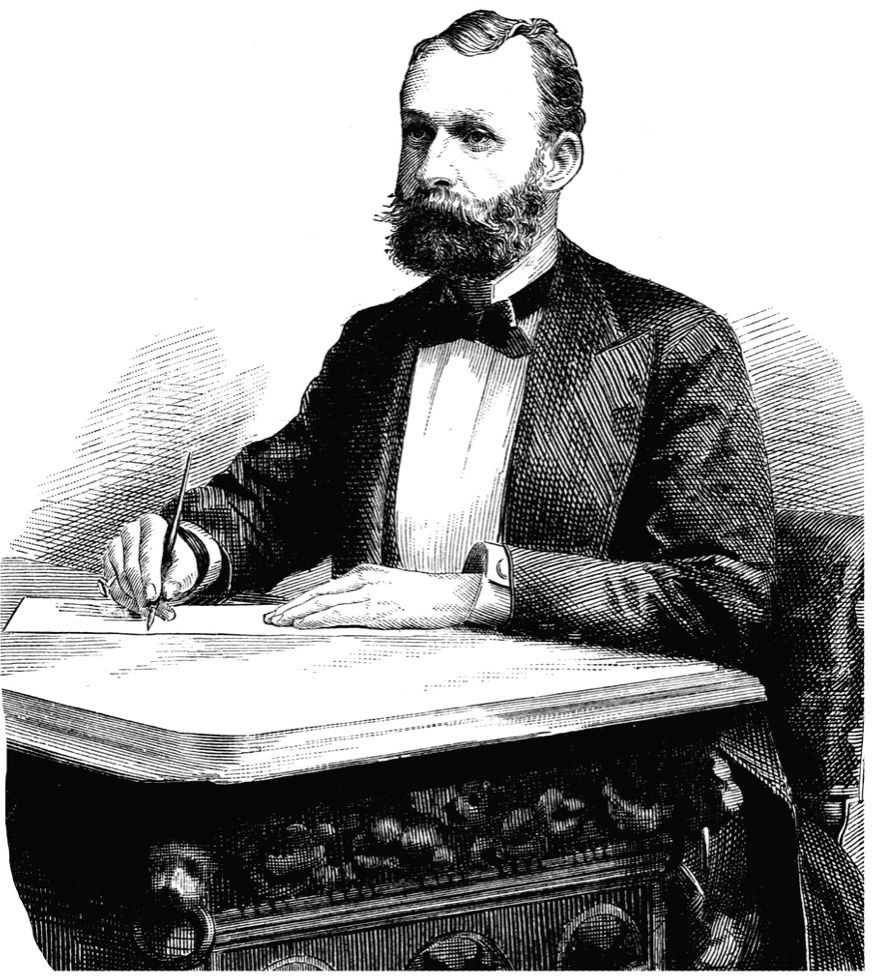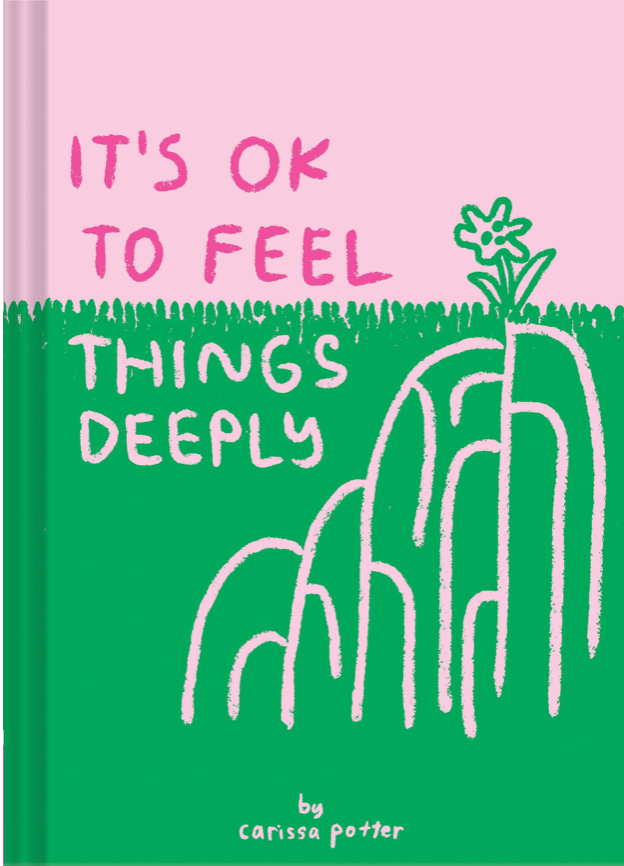I spend a lot of time listening to music and reading at the same time. I’m not proud of this behavior—I end up giving neither music nor book the attention it deserves—but I have an excuse: my downstairs neighbors are beginning violin students. Given the choice between being distracted by a squeaky rendition of “Twinkle Twinkle Little Star” or Mark O’Connor’s “Appalachia Waltz,” I choose the professional. Sometimes, however, this desperation tactic pays off, as it did recently when I read Cormac McCarthy’s The Road to the accompaniment of Jakob Dylan’s album Women + Country.
I didn’t give much thought to my music selection as I started into the novel, though the spare, rootsy album felt superficially appropriate to McCarthy’s depiction of the postapocalyptic American West. I paid only occasional attention to Dylan’s lyrics as I read, but I could nonetheless sense a deeper convergence between novel and album. McCarthy’s father character, struggling to protect his son in a desolate and dangerous land, was reflected in the opening track of the album: “I give my tears and I give my blood / I’d give nothing but the whole wide world for one.” Songs like “Down on Our Own Shield,” “We Don’t Live Here Anymore” and “Everybody’s Hurting,” with their themes of struggle against desolation, resonated with the narrative of the book. Novel and album share remarkable similarities: each draws on the culture of the American West; each takes place in a desolate, postapocalyptic world; and each depicts the quest for hope in the midst of destruction. Yet despite the two works’ convergences, the signs of hope they uncover are strikingly different.
As befits McCarthy’s more intimate narrative, the sign of hope in his novel is smaller, more tenuous than Dylan’s. McCarthy’s nameless father and son are “carrying the fire,” the light of civilization, in their own bodies alone. Given the challenges they face, that fire is often a flickering candle at best. When the boy encounters another family, he asks: “Are you carrying the fire?” Joining the others, the boy himself becomes a sign of hope, carrying the fire forward into another tiny community. Two other children are members of this group, and so the fire seems to grow, ever so slightly.
The sign of hope after McCarthy’s apocalypse is closely to tied to the fragile human bodies of the novel’s protagonists. As the novel concludes, McCarthy gives us this depiction of the boy’s faith:
The woman when she saw him put her arms around him and held him. Oh, she said, I am so glad to see you. She would talk to him sometimes about God. He tried to talk to God but the best thing was to talk to his father… The woman said that was all right. She said that the breath of God was his breath yet though it pass from man to man through all of time.
The boy thus begins to treat his father as a kind of saint, an intermediary between himself and God. And yet not precisely an intermediary, for there is no suggestion that the boy’s goal is to reach God through his father—indeed, the reverse might be more true. Yet this does not make the boy’s faith precisely idolatrous or sacriligious. In Christianity, arguably the primary background of both the novel and the album, God is understood as both immanent, wholly involved in the world, and transcendent, wholly other from it. Though his suffering could have driven him away from an immanent divinity—how can God be near us if he’s letting us suffer like this?—McCarthy’s boy clings to a hopeful vision of an immanent divinity. Despite his grief, for the boy the face of God remains the benevolent and intimate face of his father, and the boy’s own body remains the sign of divine hope. The Road thus allows to boy to retain hope in a loving God despite the destruction of his world.
The larger cast of characters in Dylan’s album allows Women + Country to present a more transcendent, mystical sign of hope. God is often only a distant presence, as when the farm laborers of “Everybody’s Hurting” ask “My eyes are open Lord / Where did you go, have we just left you bored?” Nonetheless, on the centerpiece of the album, “Holy Rollers for Love,” Dylan presents a vision of hope-beyond-hope, a wild and even irrational spirit discovered in a world “Filled with canteens and tear gas / From this last voyage of us.” The song’s verses are grim: “Hereafter’s bringing more funerals than fairs / And it’s a book of blank maps / That we’re using to get us there.” Directionless, humanity has brought itself to the verge of destruction, and there seems to be little hope until Dylan’s voice lifts in the gospel-tinged bridge and final chorus:
Glory glory hallelujah be warned
God is still marching, still raising his sword
Board these windows and guard your stretch of floor
Something sinister’s got you the minute you open the door.
With battle songs filling their lungs
Move them out down under the sun
Give them tears for cherry red blood
Stack them old, we cradle them young
World is crazy or maybe just holy rollers for love
World is crazy or maybe she’s holy rollers for love
World is crazy and making us holy rollers for love
In Dylan’s world, hope continues despite the terror and sheer unreason of divine glory. Hope is grounded in the mystery of the sufferings of the world, “making us holy rollers for love.” Divine hope is inexplicable, shining through violence and destruction to bring blessedness. Though God may be distant and inexplicable—even dangerous—hope endures not just in the flickering flame of human survival, but as a certainty that somehow, “God is still marching.” Dylan’s God is the Lord of Hosts—perhaps not as approachable as McCarthy’s father God, but a source of comfort in his power and eternal justice. Hope thus arises from the power and majesty, not the closeness, of the divine.
***
I had intended to end the essay around here. I had a nice conclusion about needing both McCarthy’s immanent and Dylan’s transcendent hope for a full picture of spirituality—true enough, as far as it goes. But having drafted the piece earlier, I intended to write my conclusion on March 10, 2011, the day massive earthquakes and tsunamis hit Japan. My wife spent two summers in Japan and we have many friends there, so we spent much of the day anxiously watching CNN and Facebook for updates. At the end of the evening, with most of our friends safely accounted for, I sat down at my computer as planned to work on the piece. As I tried to write my conclusion, writing about hope in literature and music began to feel increasingly strange. Can Cormac McCarthy really say anything to the suffering in Haiti, New Zealand, or Japan? Why bother with amusements like these? What hope can Jakob Dylan really give?
With these questions haunting me, I went rummaging through some old readings from a class on spirituality, and found an excerpt from Jürgen Moltmann’s Theology of Hope. Moltmann takes Kierkegaard’s phrase “a passion for the possible” to refer to a hope that is grounded in something real—a coming Kingdom which makes all our hopes possible. And for Moltmann, “the man [sic] who thus hopes will never be able to reconcile himself with the laws and constraints of this earth.” One who hopes cannot rest easy, because that person possesses a desire to see hope realized, and a belief that it can be. What profit, then, a passion for the impossible worlds of literature and music?
Again, it’s hard to see the relevance of McCarthy’s nameless fugitives or Dylan’s marching God to a situation that seems to call rather for the Red Cross. And yet “a passion for the possible” could also suggest that what we are tempted in our despair to call impossible—carrying the flame, justice rolling down—may in fact be possible after all: embracing the seeming-impossible, we hope for hope. We embrace what I might call a “prevenient hope,” riffing on a term originally used for grace. A prevenient hope would allow us to shake free of a despair which has closed off even the possibility of hope, limiting our imaginations to the realm of the actual. By enlarging the hopeful imagination, perhaps art can help in bringing us to the point from which we can begin to hope. Though prevenient hope is hardly the final virtue, neither is it merely trivial. McCarthy and Dylan, with their contrasting but hopeful visions, help keep that prevenient hope alive in me.




